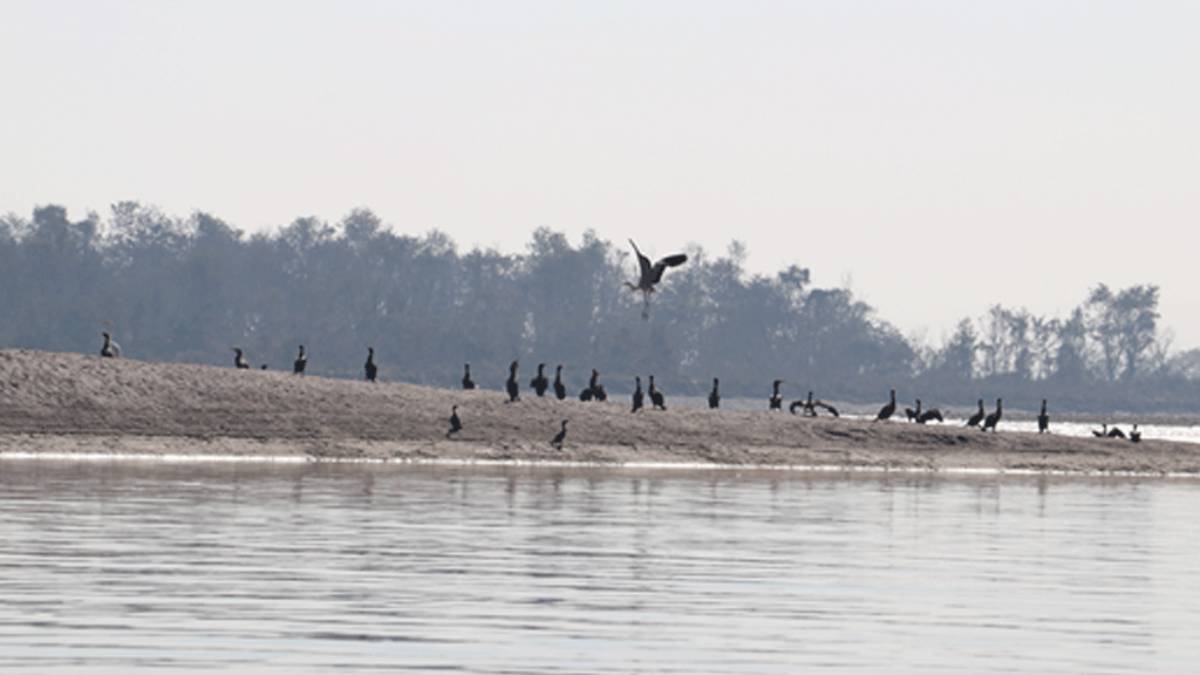
Decline in Bird Numbers Raises Conservation Concerns in Narayani River Area

In the latest water bird census conducted in the Narayani River area, Chitwan National Park’s Western Sector has reported a decrease in overall bird numbers, raising concerns for bird conservation efforts in the region. Bird census coordinator at the park, DB Chaudhary, shared that this year’s count identified 41 species, down from the 43 species recorded in the previous year.
Notably, eight species observed in the previous year were absent in this year’s count, while six new species were identified. The census, covering areas from Chitwan National Park towards Nawalparasi (Bardaghat Susta east) and Narayani river and wetland areas, is a crucial annual activity due to the migration of birds from various countries, including Mongolia, Burma, Siberia, China, Russia, Thailand, and Korea.
Chaudhary expressed concern over the declining trend in bird numbers, attributing it to factors such as reduced water levels in the Narayani river channel, pollution, and changes in habitat. He highlighted a significant decrease in the number of ducks, particularly khoya ducks, with a 50 percent reduction compared to the previous year.
“The drying up of water in the Narayani river channel towards Nawalparasi (Bardaghat Susta East) has led to a decline in the number of khoya ducks. Pollution in the Narayani River is also affecting the population of dependent birds,” Chaudhary explained.
The census coordinator noted that the decreasing availability of food in the river and changes in the habitat have further contributed to the decline in bird numbers. Indigenous birds, including the national park’s species, have also experienced a reduction in numbers this year, posing additional challenges to bird conservation efforts.
Adding to the significance of this year’s census, the world’s rarest bird, the Baikal Gairi bird, was discovered in the Narayani River area. Chaudhary highlighted the importance of this finding, noting that the International Union for Conservation of Nature (IUCN) has listed this duck species on the red list of endangered species.
While migratory birds traditionally use the Narayani river area for food and rest during their north-to-south journey, the decline in their numbers emphasizes the need for urgent conservation measures to protect the diverse avian population in this crucial habitat.












Comments